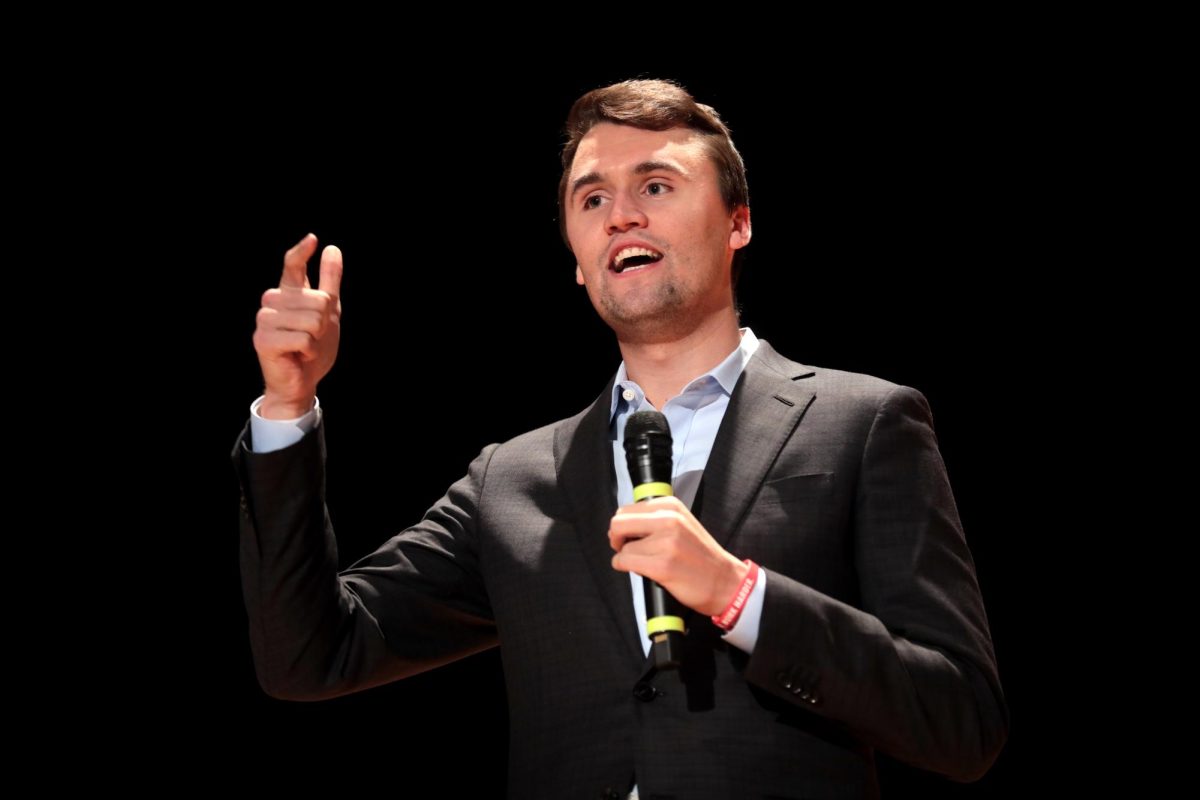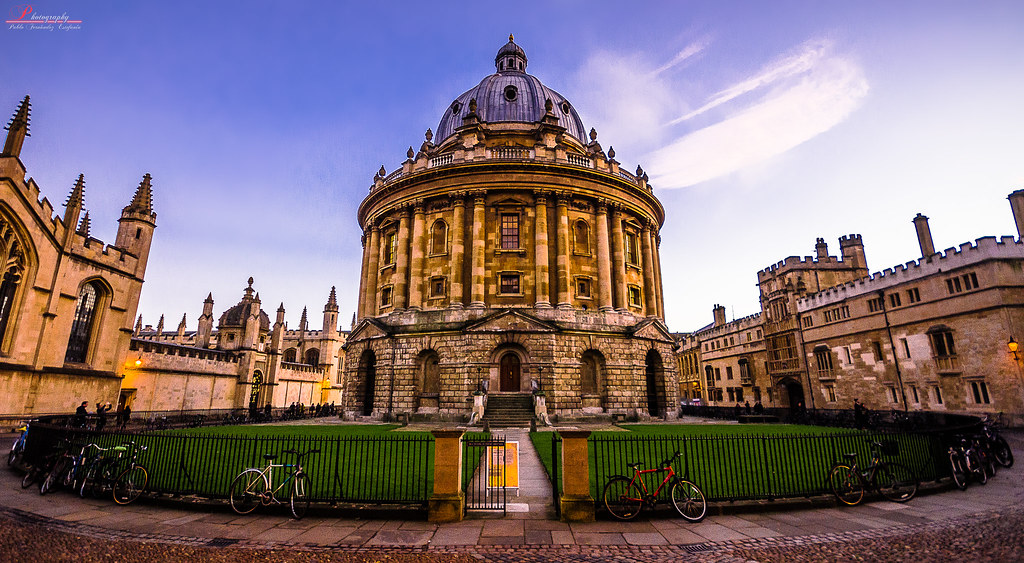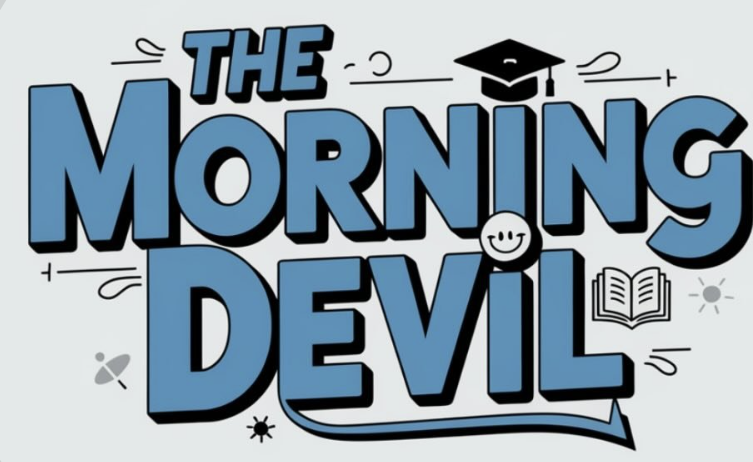The Heritage Foundation, a conservative think tank, published Project 2025 in April of 2022. Virginia Dillon, chair of the history department, clarified that Project 2025 is “not unprecedented,” since the Heritage Foundation creates a similar document for every administration (Democrat or Republican). The book offers advice, outlining what the foundation thinks the incoming administration should do. The question that remains is: how much of this advice is Trump going to take?
Some Democrats have warned that due to Trump’s lack of attention to detail and inconsistency in policies, by appointing associates of Project 2025, he may grant immense power to extreme right-wing politicians. A close follower of the election, History teacher, and Director of Service Learning Elijah Sivin believes Project 2025 associates have observed Trump closely for the past eight years and might want to use him to get their goals accomplished. “I think our incoming president values loyalty a lot,” Sivin said. “If you are being very loyal to him then he is going to put you in a position of power…once you are in a position of power, given the fact that he is not super detail-oriented, you can do a lot of things.”
Three-quarters of the primary authors and editors of Project 2025 served under Trump during his first term. Trump is already planning to employ some of these people again. For example, Trump nominated one of the key authors of Project 2025, Russell Vought, to lead the Office of Management and Budget. Trump also appointed Tom Homan (“border czar”) and Stephen Miller (White House deputy chief of staff for policy and homeland security advisor) for immigration policy jobs. They both have similar extreme right-wing views on immigration, as echoed in Project 2025. So far, Trump has chosen at least seven people associated with Project 2025 to serve in his second administration, according to the New York Times.
Trump, however, distanced himself from Project 2025 during the election. During the presidential debate, when Kamala Harris, the 2024 Democratic presidential nominee, attempted to question Trump’s involvement with Project 2025, he responded: “I have nothing to do with Project 2025.” He claimed that he hadn’t read it and wasn’t going to read it. Although there is still no evidence of Trump’s involvement, according to CBS News, there are “at least 270 proposals in Project 2025’s published blueprint for the next Republican president that match Trump’s past policies and current campaign promises.” Additionally, by appointing some of the creators of Project 2025, Trump is showing his support for Project 2025 and its extreme right-wing stances on issues including abortion, immigration, expression of gender identity, LGBTQ+ rights, and the environment.
Trump has shifted his stance on major issues in the past for different audiences. For example, Trump’s stance on abortion has changed drastically in the past 25 years. In an interview with NBC News in October 1999, he said, “I am very pro-choice.” However, during his first term, Roe V. Wade was overturned, and in June 2023, he said, “I’m proud to be the most pro-life president in American history.” Trump continues to remain unclear as to whether or not he will sign a national abortion ban as president, which some have attributed to the fact that most Americans don’t approve of a national abortion ban. According to Pew Research Center, 63 percent of U.S. adults believe that abortion should be legal in all/most cases. Trump distanced himself from Project 2025 during the election because, as Sivin explained, Project 2025 “was unpopular” and “not polling well.” However, after the election, Trump has appeared loyal to the Project 2025 creators (by appointing authors to his cabinet) because many proposals in the document will likely give him more power.
One section of the document that both Sivin and Dillon agreed will increase Trump’s power is Project 2025’s proposed executive branch restructuring (also known as Schedule F). According to Dillon, this restructuring concerns many Americans because it “allows for more policies to be put in place with fewer checks from the other branches or other career professional bureaucrats.” Schedule F plans to give the president control over the federal bureaucracy. It makes the executive branch more partisan by eliminating permanent bureaucrats, and instead having these positions be appointed by the president. According to the Center for American Progress, “installing loyalists throughout government who will unquestioningly and swiftly carry out a president’s orders is an essential component of Project 2025.” Dillon says that this may make the government more efficient since all of the executive branch members will be conservatives. Since they are part of the same party, they will likely share many viewpoints, although these views won’t necessarily represent the opinions of all Americans.
On Project 2025’s website, they assure readers that Project 2025 is not partisan, yet they wrote, “The Left has spent millions fearmongering about Project 2025, because they’re terrified of losing their power. And they should be.” Sivin added that if he had to guess, 60-65 percent of Project 2025’s proposals will be implemented.
Trump stirred controversy on December 5, 2023, when in an interview, he was asked if he would be a dictator if elected. He stated, “No, no, no, other than day one. We’re closing the border, and we’re drilling, drilling, drilling. After that, I’m not a dictator.” The fact that Trump admitted to wanting to be a dictator (even just for a day) raises questions about if he will abuse his newly granted power. No one is certain as to how Project 2025 will affect our future or how Trump is going to run this country for the next four years. As Dillon put it: “People want to know what is going to happen, and we don’t.”

























